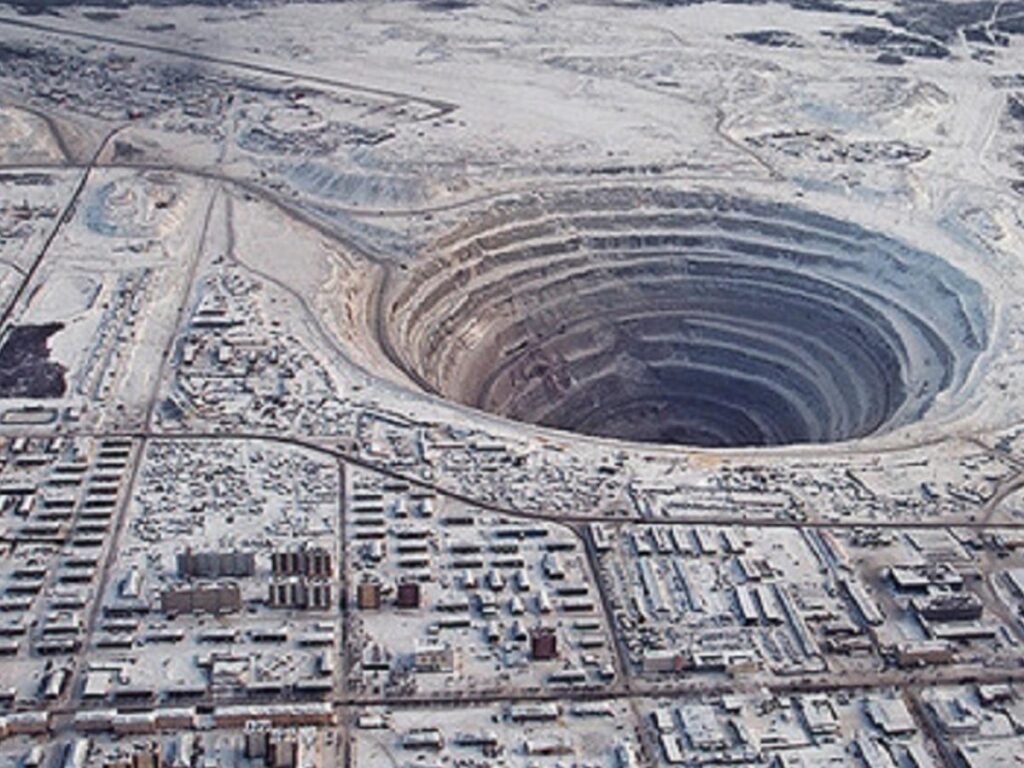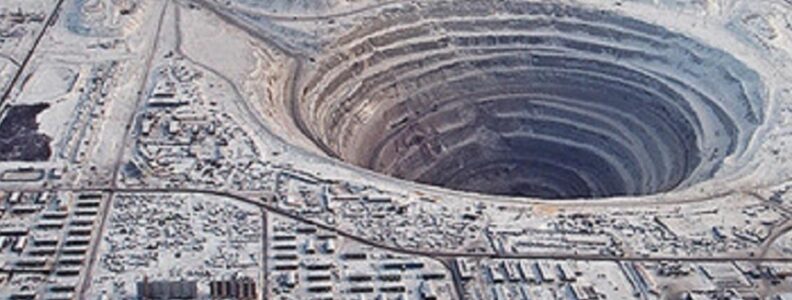Exploring Earth’s Depths in World’s Largest Holes – Beneath the surface we tread lies a world of wonder and mystery, and among the most captivating features are the world’s largest holes. These immense voids in the Earth’s crust are a testament to the powerful geological forces that shape our planet.
This article takes you on a journey to explore the biggest holes in the world, unveiling their origins, significance, and the awe they inspire. slot online
The Mirny Diamond Mine: A Monument to Human Endeavor
One of the most colossal holes on Earth is the Mirny Diamond Mine in Siberia, Russia. This open-pit diamond mine reaches a staggering depth of approximately 1,722 feet (525 meters) and spans over 3,900 feet (1,200 meters) in width.

What was once a deep hole has transformed into a colossal crater through decades of diamond extraction. This amazing technical achievement is proof of the creativity and perseverance of people.
The Bingham Canyon Mine: A Colossal Copper Crater
Located in Utah, USA, the Bingham Canyon Mine is the largest man-made excavation on the planet. Often referred to as the “Bingham Canyon Kennecott Copper Mine,” this enormous pit reaches a depth of around 3,215 feet (980 meters) and spans over 2.5 miles (4 kilometers) in width.
The mine primarily extracts copper, as well as other valuable minerals. The sheer scale of the Bingham Canyon Mine is a testament to the demands of modern industry and our insatiable thirst for resources.
The Great Blue Hole: Nature’s Aquatic Marvel
Not all of Earth’s largest holes are found on land. Beneath the turquoise waters of Belize lies the Great Blue Hole, a mesmerizing underwater sinkhole. This circular wonder reaches a depth of approximately 410 feet (125 meters) and spans over 984 feet (300 meters) in width.
Formed during the last ice age when sea levels were lower, the Great Blue Hole is a destination for divers and scientists alike, offering a glimpse into the geological history of our planet.
The Diavik Diamond Mine: Beneath the Arctic
Venturing to the icy landscapes of Canada, we encounter the Diavik Diamond Mine in the Northwest Territories. This remote mine, situated on an island in a glacial lake, operates under extreme conditions.
The Diavik Mine yields valuable diamonds, and its pit measures approximately 2.1 miles (3.4 kilometers) in length and 1.6 miles (2.5 kilometers) in width, with a depth of about 600 feet (180 meters). The mine’s presence in the Arctic environment highlights the lengths to which humanity will go to uncover Earth’s treasures.
The Glory Hole: A Monumental Spillway
California’s Monticello Dam boasts a spectacle known as the “Glory Hole.” This captivating spillway, designed to prevent flooding, resembles a mesmerizing vortex. The Glory Hole has a diameter of approximately 72 feet (22 meters) and is a sight to behold when excess water is released from Lake Berryessa. While not as deep as some of the other holes mentioned, its captivating design and purposeful engineering make it a unique addition to Earth’s roster of largest holes.
Conclusion: Earth’s Enigmatic Abysses
From vast mining excavations to underwater sinkholes, the world’s largest holes are a testament to the geological wonders that lie beneath our feet and beyond the depths of our oceans. These incredible voids, shaped by both natural forces and human endeavors, inspire a sense of awe and curiosity about the mysteries that our planet holds. As we continue to explore and understand these remarkable features, we gain insight into Earth’s complex and dynamic history.

